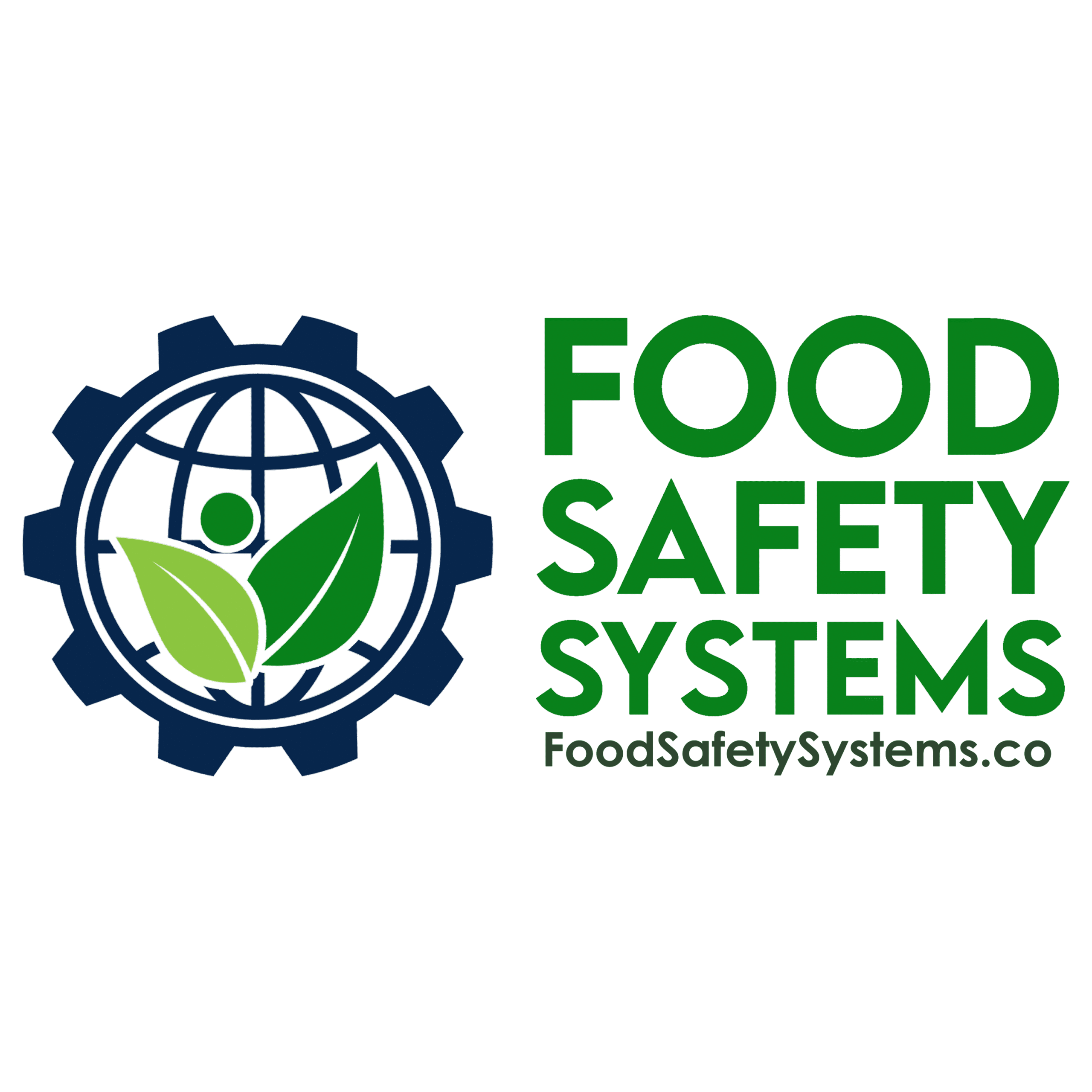Incident Management & Product Withdrawal/Recall Procedures

Aligned with FSSC 22000 – ISO-Based Food Safety Management System (FSMS)
Requirement Overview
FSSC 22000 requires certified organizations to establish and maintain documented procedures for handling potential emergency situations, incidents, and product withdrawals or recalls. These procedures must ensure timely, consistent, and effective responses to events that could compromise food safety, legality, or quality.
The system must provide clear responsibilities, maintain robust traceability, and ensure that communications with regulators, customers, and stakeholders are managed promptly and effectively. Records must also be retained to demonstrate compliance, support root cause analysis, and drive corrective and preventive actions.
Key Compliance Objectives
-
✓ Respond rapidly and consistently to food safety emergencies
✓ Carry out effective product withdrawal and recall activities
✓ Communicate promptly with customers and regulatory authorities
✓ Maintain accurate records and demonstrate full traceability
Step-by-Step Compliance Implementation
1. Establish an Incident & Recall Management Team
-
Team Should Include:
-
• Incident/Recall Coordinator
• Food Safety or QA Lead
• Regulatory Compliance Officer
• Communications or Customer Service Lead
Evidence to Maintain:
-
• Team contact list with alternates
• Role descriptions and authority matrix
• Training and mock recall participation records
- • Incident/Recall Coordinator • Food Safety or QA Lead • Regulatory Compliance Officer • Communications or Customer Service Lead
- • Team contact list with alternates • Role descriptions and authority matrix • Training and mock recall participation records
2. Develop Documented Procedures for Incident Management
-
Your Procedures Must Include:
-
• Risk-based classification of incidents (e.g., food safety vs quality issue)
• Escalation and decision-making framework
• External notification protocols for regulators and customers
Evidence to Maintain:
-
• Incident Management SOP
• Emergency contact list (internal and external)
• Escalation matrix and flowchart
- • Risk-based classification of incidents (e.g., food safety vs quality issue) • Escalation and decision-making framework • External notification protocols for regulators and customers
- • Incident Management SOP • Emergency contact list (internal and external) • Escalation matrix and flowchart
3. Implement a Product Withdrawal & Recall Procedure
-
Withdrawal/Recall Activities Should Cover:
-
• Identification and location of affected products
• Internal hold or quarantine instructions
• Communication to affected parties
• Recordkeeping of all actions and feedback
Evidence to Maintain:
-
• Product traceability records
• Recall notification templates and call/email logs
• Completed recall or withdrawal forms
- • Identification and location of affected products • Internal hold or quarantine instructions • Communication to affected parties • Recordkeeping of all actions and feedback
- • Product traceability records • Recall notification templates and call/email logs • Completed recall or withdrawal forms
4. Test the System Annually with a Mock Recall
-
Mock Recall Requirements:
-
• Conduct at least once per year
• Simulate traceability to final point of sale/distribution
• Evaluate response time, accuracy, and team performance
Evidence to Maintain:
-
• Signed-off mock recall report
• Performance evaluation and improvement actions
• Updated procedures and retraining logs
- • Conduct at least once per year • Simulate traceability to final point of sale/distribution • Evaluate response time, accuracy, and team performance
- • Signed-off mock recall report • Performance evaluation and improvement actions • Updated procedures and retraining logs
5. Close the Incident with CAPA and Final Review
-
Post-Incident Actions:
-
• Conduct root cause analysis
• Develop corrective and preventive actions (CAPA)
• Report to senior management for review and approval
Evidence to Maintain:
-
• Final incident report and impact assessment
• CAPA forms with due dates and assigned responsibilities
• Management review meeting minutes
- • Conduct root cause analysis • Develop corrective and preventive actions (CAPA) • Report to senior management for review and approval
- • Final incident report and impact assessment • CAPA forms with due dates and assigned responsibilities • Management review meeting minutes
Common Audit Findings & Recommended Fixes
| Audit Finding | Recommended Action |
|---|---|
| No mock recall performed in 12 months | Schedule and document annual tests with full traceability verification |
| Incomplete recall procedures | Revise SOP to include notification, CAPA, and closure protocols |
| Missing stakeholder contact records | Maintain a log of all communications during real or mock recalls |
| Disconnected traceability and recall | Integrate traceability outputs into recall workflows and validation tests |
Auditor Verification Checklist
During an FSSC 22000 audit, be ready to provide:
-
• Documented incident and product recall procedures
• Annual mock recall report with findings and updates
• Incident management team list and training records
• Records of any real recall events and associated CAPAs
• Traceability records connected to product withdrawal outcomes
Implementation Roadmap
Build the Program
-
✓ Assign an incident and recall team with defined responsibilities
✓ Develop and approve SOPs for emergency and recall management
Train and Test the System
-
✓ Assign an incident and recall team with defined responsibilities
✓ Develop and approve SOPs for emergency and recall management
Operate and Monitor
-
✓ Maintain up-to-date contact lists and response logs
✓ Record all incident handling steps and post-incident improvements
Improve Continuously
-
✓ Conduct root cause analysis for each test or real event
✓ Review and revise procedures based on lessons learned
Why This Matters?
-
✓ Ensures compliance with labeling and metrology regulations
✓ Reduces consumer complaints and regulatory risks
✓ Minimizes product giveaway and operational costs
✓ Demonstrates strong process control and food safety integrity
Support Tools Available
Food Safety Systems provides:
-
✓ Protects consumers and prevents regulatory non-compliance
✓ Builds customer trust and demonstrates accountability
✓ Supports full traceability and food safety transparency
✓ Enhances readiness and responsiveness in crisis situations
Privacy Policy | Terms of Service
Powered by interlinkIQ.com, Developed by ITBlaster.net, Owned and Operated by Consultare Inc. Group, A Compliance Company. All Rights Reserved.







